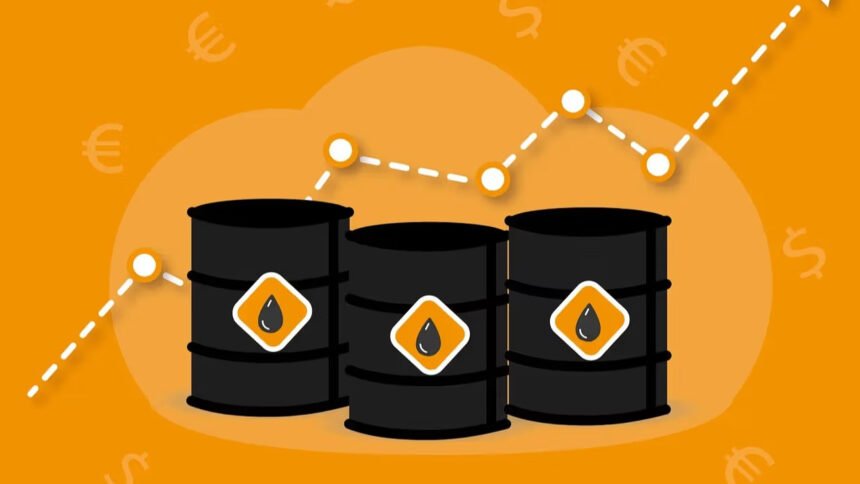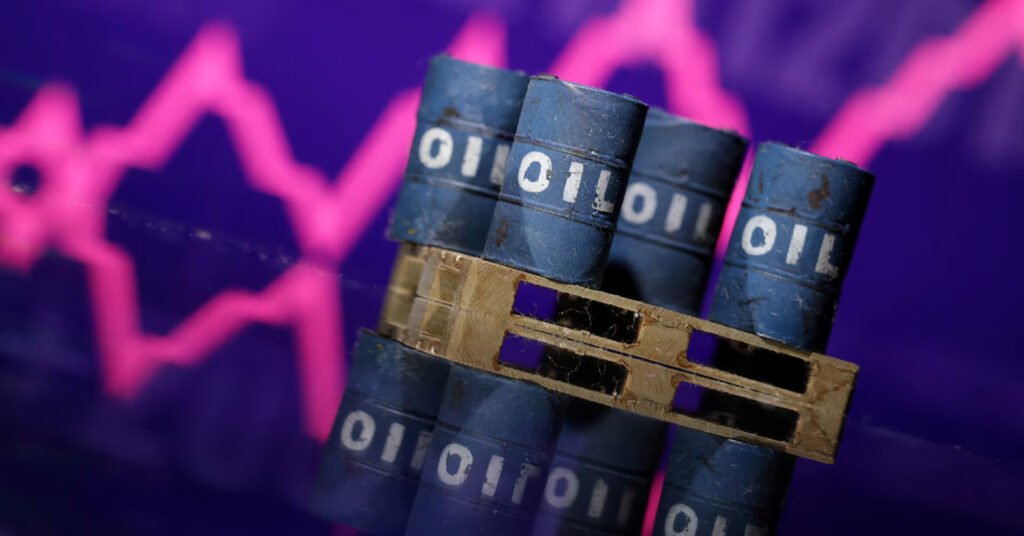When crude oil prices move fast, the world watches. And right now, it’s watching closely. Over the past 10 days, Brent crude price has surged by a staggering 13%, while WTI isn’t far behind with a 10% gain. What’s driving this sudden spike? You guessed it—tensions in the Middle East, especially the escalating conflict between Israel and Iran.
Let’s break it down in simple terms and explore what this could mean for markets, your wallet, and where crude oil prices might be headed next.
US Strikes on Iran Shake Global Oil Markets
Over the weekend, markets woke up to shocking news. The United States reportedly launched attacks on Iran’s nuclear facilities. President Trump claimed he had “obliterated” key sites. This wasn’t just political posturing—this move sent shockwaves through global markets and triggered fears of a major supply shock.
As Iran is OPEC’s third-largest producer, any disruption from them could ripple across global oil supplies. And just like that, crude oil prices jumped to their highest levels in five months.
Strait of Hormuz: The Most Critical Chokepoint in Oil Transit
Now here’s where things get even more serious.
Iran’s parliament has reportedly approved a measure to close the Strait of Hormuz, a narrow but vital passage through which nearly 24% of the world’s oil supply travels. Imagine squeezing almost a quarter of global oil through a narrow alley—and now picture someone blocking that alley.
Although alternate pipeline routes exist, they can’t fully replace the volume transported through the Strait. A complete blockade could create a massive bottleneck, shooting crude oil prices sky-high.
Brent Crude Hits 5-Month Highs – But Is the Rally Just Beginning?
After the US strikes and Hormuz fears, Brent crude price quickly surged to levels not seen since January. While prices have slightly eased from their morning peaks, the momentum remains strong.
Goldman Sachs chimed in, stating that Brent crude could briefly spike to $110 per barrel if flows through the Strait were cut in half for just a month. That’s a steep rise from current levels and a warning shot for industries, governments, and consumers alike.
Crude Oil Price Outlook: A Volatile Road Ahead
Here’s the deal: We’re not just talking about crude oil price increases due to supply fears. The bigger risk lies in asymmetric retaliation from Iran—which could mean anything from cyberattacks to proxy conflicts.
According to market expert Ajay Bagga, such retaliation could trigger extreme market volatility. In his words, “Traders will get stopped out on both sides.” That’s trader-speak for unpredictable price swings that shake even the most seasoned investors.
What About the Long-Term Supply?
Here’s a ray of hope. Despite the rising tensions, Goldman Sachs still expects no significant long-term disruption to global oil and gas supply. The reasoning? There’s a global incentive to avoid chaos—especially with energy markets already tight post-pandemic.
Still, Goldman expects Brent to stay elevated, possibly hovering around $110 if the crisis continues.
Investor Insight: Is This a Buying Opportunity?
Many veteran investors believe geopolitical conflicts often create great buying opportunities. And this one might be no different.
Bagga suggests keeping cash ready to invest systematically if markets dip. It’s like shopping during a flash sale—if you’re prepared, you could grab assets at a bargain.
So if the market takes a hit due to the conflict, savvy investors might step in and scoop up stocks and commodities.
Oil Traders: Brace for Volatility
Ole Hansen from Saxo Bank believes that while this rally may have more steam left, the upside could be capped if long-held positions start unwinding. Translation? If traders who bought oil earlier at lower prices decide to cash out, it might slow down the rally temporarily.
But with the crude oil price narrative still dominated by war drums, don’t expect smooth sailing anytime soon.
Impact on Global Markets
With rising crude oil prices, we’re already seeing ripple effects:
-
Asian markets today opened mixed, reflecting uncertainty.
-
Dow Jones futures took a dip early in the day before attempting a recovery.
-
Inflation concerns are back on the table for central banks.
It’s like a seesaw—when oil goes up, economies that rely on imports feel the pressure. And right now, that seesaw is leaning heavily toward volatility.
How High Can Crude Go?
That’s the million-dollar question.
If the Strait of Hormuz truly shuts down, even temporarily, the world could be staring down the barrel of $110 per barrel oil—or higher. But if diplomacy wins and the strait remains open, we might see a pullback.
The market is pricing in fear. Whether that fear materializes into reality will determine how high oil can really climb.
What You Should Watch Next
Here’s a quick checklist for the days ahead:
-
Strait of Hormuz updates – Any closure could instantly spike crude oil price.
-
Iranian retaliation measures – Expect cyber, proxy, or diplomatic moves Brent Crude Price.
-
US political response – Any further military action could trigger global reactions.
-
Oil inventory reports – These can offer clues about short-term supply.
In short, keep your eyes on the headlines. This isn’t just about oil—it’s about global stability, market direction, and your investment strategy.
Conclusion
We’re witnessing a critical geopolitical moment. The Israel-Iran conflict, combined with direct US military action, has poured gasoline on an already smoldering fire. The crude oil price has responded sharply—and it’s not done yet.
Whether you’re an investor, trader, or just someone filling up their car, this affects you. The world runs on oil, and when that supply is at risk, everything—from transportation to inflation—gets shaky.
So, buckle up. The next few weeks will be a rollercoaster. But remember, amidst volatility lies opportunity—for those prepared to act wisely.Read More: Rishabh Pant Breaks MS Dhoni Record With Blazing Ton, Gavaskar Jokes: “Get An Ambulance…”
After the Conclusion: A Note for Readers
Stay informed, stay calm. Don’t let the headlines scare you into rash decisions. Whether you’re watching the Brent crude price, following Asian markets today, or tracking Dow Jones futures live, knowledge is your best tool. Keep researching, stay diversified, and consult with your financial advisor before making any big moves.










